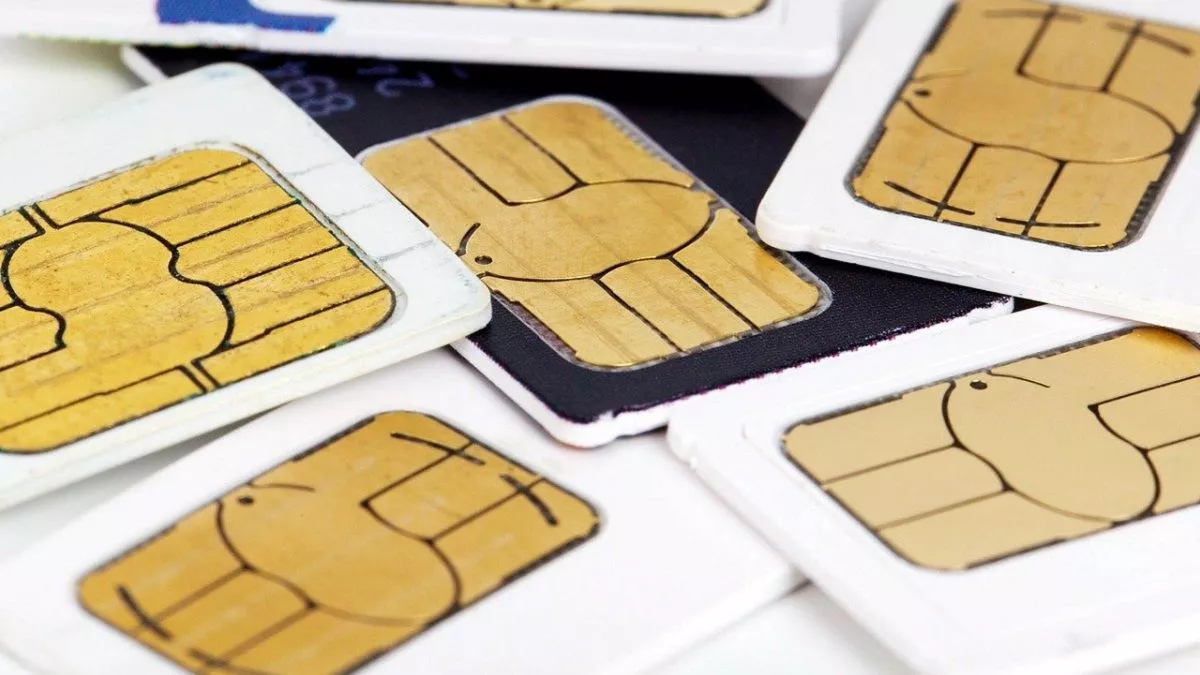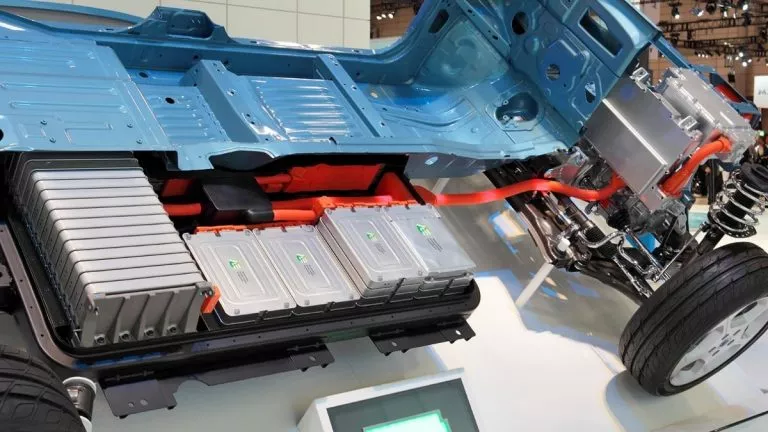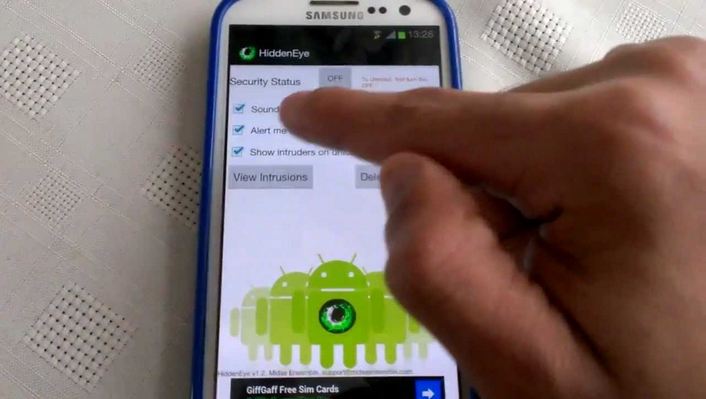SIM Card Vs eSIM: Which Factors Set These Two Apart?

The SIM card and the eSIM serve the same purpose but differ in their respective approaches. While the former’s approach defines a SIM as an independent add-on chip, the latter’s approach is based on unifying a SIM with a smartphone.
There’s no doubt that SIM cards are the norm in most parts of the world. But interestingly, eSIM technology is also spreading at a good pace. The driving factor behind this is the convenience & flexibility that comes after switching to eSIM.
These two variants of a SIM have specific notable differences between them. This article will outline the same and give you a clear insight into these technologies.
SIM Card vs eSIM: Head-To-Head Comparison
| SIM Card | eSIM |
| It needs to be installed/removed manually | Can be activated/deactivated via phone software |
| Rests in the SIM tray; removable | Soldered onto internal hardware; non-removable |
| Switching carriers requires physically swapping SIM cards | Switching carriers is done in a few taps via phone software |
| It only supports one carrier at a time | Seamless support for multiple carriers |
| Prevalent and industry-standard | Primarily available in high-end products and relatively new |
| All telecom providers support it | Many telecom providers support this but not all |
| Option to altogether ditch SIM and go off the radar | No way to get rid of the built-in SIM |
Apart from the comparison above, eSIM also offers design-related freedom to device manufacturers. Unlike a SIM card that requires manufacturers to create a dedicated space for its SIM tray, there’s no such condition for eSIM. This allows manufacturers to ditch SIM tray slots and design improvements, including better water and dust resistance. Such flexibility is especially crucial in smaller gadgets such as wearables.
Even though eSIM is nowhere near as prevalent as the SIM card, it is likely to replace the latter in the future. Most premium smartphones and smartwatches already offer it, and more devices will follow suit soon.
Finally, this covers our SIM card vs eSIM comparison. Between these two options, which one do you prefer to use? Let us know your choice and its reason in the comments section below.
If you like this simple explainer, check out our Short Bytes section. We take complex tech topics and break them into short, easy-to-understand articles.






